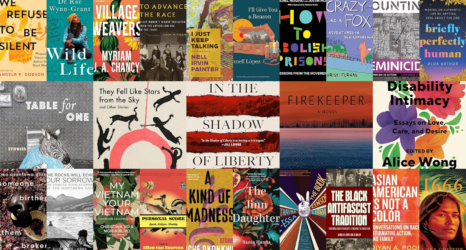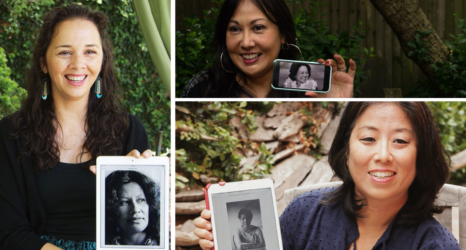Protesters in India are opposing new farm laws that seem to hand over the keys of its agrarian sector to Big Business. Women’s participation at the protest challenges any convenient narrative that the protest is only about angry and dangerous men. And some young women are pushing, from the inside, to ensure the moment is more inclusively revolutionary.
The women protesters during the historic farmer movement in India’s capital—currently underway—may rightfully wonder: Is the world less invested when stories are not about women’s victimization in New Delhi, but rather about women’s activism?
At least one million people have been protesting for farmers rights outside India’s capital, New Delhi—and it’s not only a sea of men. Participating women from the rural heartlands of Punjab and neighboring regions have broken through multitudes of practical barriers and stereotypes, not only to participate, but to organize, sustain and amplify the protests, quashing all “conventional wisdoms” about women’s roles and political astuteness.
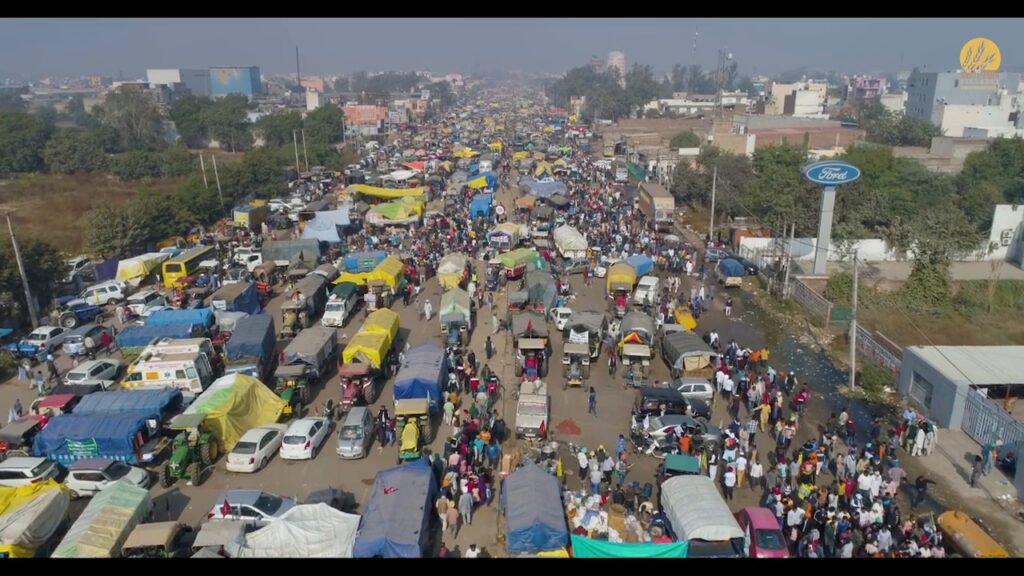
As if that were not enough in the country that currently ranks 133th of 167 countries on the Women, Peace And Security Index , many young women are insisting that new egalitarian wisdom needs to become the new convention.
Young feminists at the protests are challenging India’s retaliation to this mass movement as an “internal” issue when world leaders like Canadian Prime Minister Justin Trudeau speak in support of protesters’ rights. They are at the same time, with feminist ardor, also challenging their community and culture about its supposed “internal” issues. Their love for community and conviction in the mobilization makes them fearless.
Protesters are opposing new 2020 farm laws, passed during the din of the pandemic, that seem designed to now hand over to the billionaires—already given an incredibly large percentage of this poor country’s wealth since so-called liberalization of the 1990s—the keys of its agrarian sector.
For the farmers, these laws are the last straw: Their situation before was ecologically and economically unsustainable, but they see these new measures as an existential threat. Undeterred by the cold, disease, mosquitoes, COVID-19 and police crackdowns, including water cannons in the freeze of early December, the protesters remain camped on dozens of miles on the road, held behind barbed wire trenches, prevented from protesting in their nation’s capital.
Women’s participation at the protest challenges the narrative that the protest is only about angry men, dangerous and entirely unwilling to listen to reason. The male farmers’ tears, fears, and desperation are being captured by women reporters; voiced by women speechmakers; and have for long deeply affected women for whom the thousands who commit suicide yearly due to agrarian debt are not statistics but sons, fathers, husbands, lovers, friends.
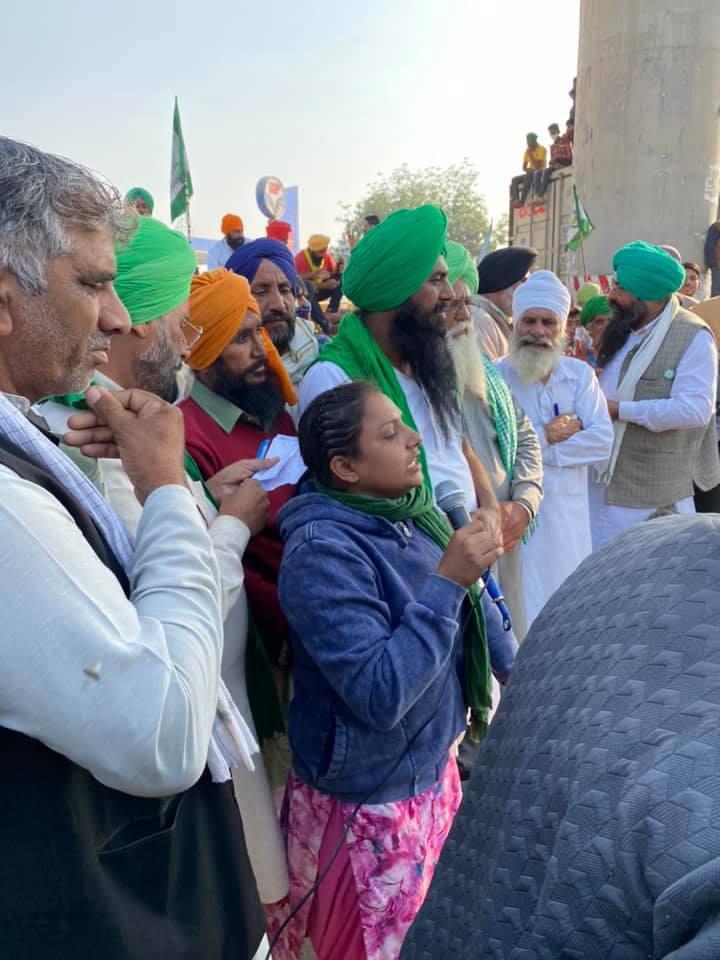
“Farming and rural plight is indeed a feminist issue,” Anjali Sheoran, from Haryana tells me. She has traveled with members of Students For Society (SFS).
“Whenever a farmer is mentioned, only a male comes to our mind and this undermines the role of women and their labor. In my village, even in my family, I have seen women who work more than their male counterparts in the fields. What we need is to include the fight for land with other feminist issues. Without fighting for land rights, it is impossible to break the shackles of patriarchy.”
Not all “feminism” is welcome here. Women’s active participation challenges any feminist approach that requires women to first and foremost identify as a woman, rather than by their intertwined identities of faith, community, geography, and/or profession (read: intersectionality).
Poet Audre Lorde’s rebuke of a “single-issue struggle, because we do not lead single issue lives,” that was on display during 2020’s historic Black Lives Matter protests perfectly describes the current protests across the globe.
Women identify as part of a larger, complicated, beleaguered whole—they multitask skillfully under their multiple responsibilities and identities.
The determined young girl who tells BBC Hindi that the fight (laraii) is as important as education (paraii): Her mom helps her with homework on the highway. The student activist Nikki who provides a live soundtrack to the cold nights, in the light of a few cell phones. The women some men recall are not here at the protest, but are the reason the men can be, free of familial obligations. The women who come on to stages for spirited speeches, and the many who sit in the audience.
Those women who have organized village-to-village to bring supplies, allies, and more women to the frontlines. The women running many of the estimated thousands of spots where protesters have set up langar—a free kitchen for all, regardless of caste, class or other social marker, a hallmark of the Sikh faith.
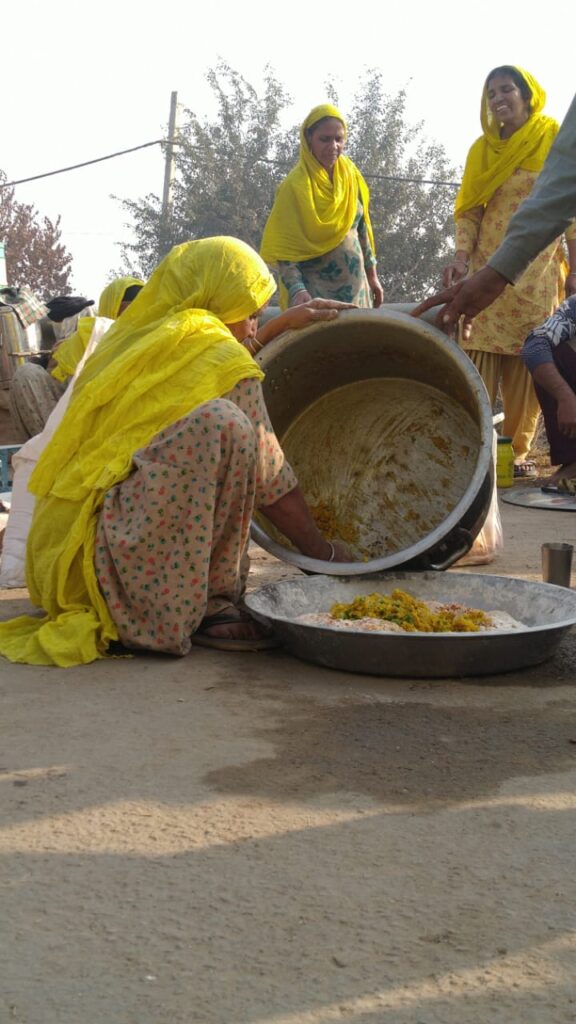
“Here…the kitchen duties are shared quite equally by man and woman. It is breaking some patriarchal norms in itself,” says Anjali.
Kawalpreet Kaur (no relation to author, Sikh females were bequeathed this common name in 1699, to replace family/caste names), is from the All India Students’ Association.
“As a young Sikh woman, I believe that our entire generation is a product of the defiance that Punjab has shown historically towards rulers and authoritarian powers of this country,” she says. “Our grandmothers who have joined the protests and who are on roads are, for a young woman like me, the embodiments of this defiance.”
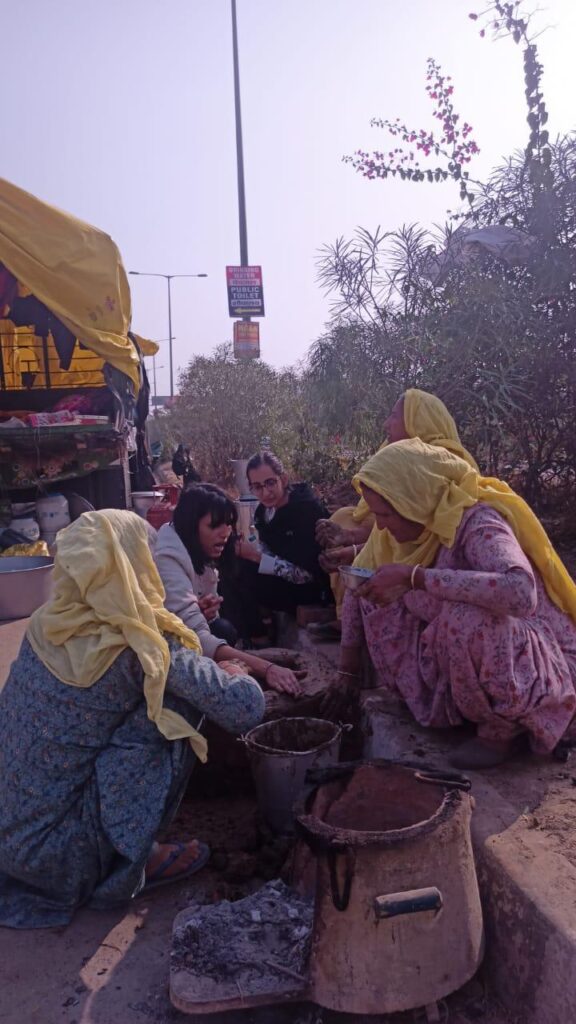
Kawalpreet notes with interest the several unique political imports of this moment, building many solidarities, that explain the unprecedented numbers.
“The Sikh farmers pray there… get strength from their religion. Whereas the organizations which have originally mobilized the protests are largely left-affiliated. Thus, this here is the Left intertwined with religion.”
But if all these barriers can be broken down, the young women are naturally expecting gender barriers be more consciously eradicated too.
“Honestly, as someone in the protests since they began months ago in Punjab, I’ll say it: Women are also used as puppets,” says Harpreet Kaur from Bathinda, Punjab.
“Good for photos. But then not good enough for decision-making! Whether for the Left, or Unions. It always is a major issue.”
In total, 25,000 women have traveled with their Union since day one. Protest sites often swell to over 200,000 protesters.
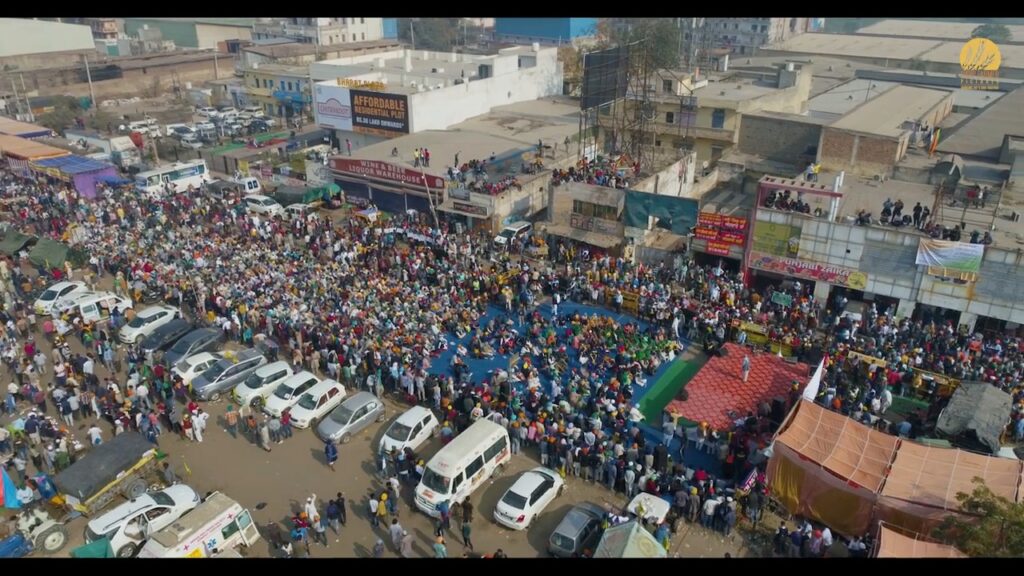
“And over the past days, participation of women has increased after seeing other women participants,” says Navpreet Kaur, who teaches at Delhi University and has been to the protest sites five times in the last four days. “They’ve all said that they are here because it is now a question of their livelihood.”
Harpreet, whose entire family says no one should think women are there only for their sons and husbands, even though they may be accultured to say so when a TV camera is thrust in their face.
“No tiller is able to go out and work till someone has worked their stove, and their tummies are full. Not to mention everything else, including direct farming, the woman does. But who is talking about that? And who is talking about women’s ownership?”
She is dissatisfied hearing the few women union leaders speak “lines same as male leadership. Yes, the issues are undoubtedly Adani, Ambani [two of India’s billionaires], capitalism, fascism. But also patriarchy.”
In addition, the participating women come from the reality of a society with sex ratios warped due to female feticide, an embedded culture of machismo, routine gendered violence and economic disempowerment of girls and women.
This reality is not lost on young feminists. They have wholeheartedly joined the protest, but are also committed to women claiming, co-creating, and sharing space for a better future—a future that centers women’s voices, representation and rights.
“Popular singers and actors have of course helped amplify the movement,” says Kawalpreet. “But I certainly feel that most of them are men and there is an oversimplification on their part…For example, they don’t represent the perspective of a Dalit [oppressed caste in the pervasive traditional hierarchy] farmer or the woman farmer, her relationship with land, her experiences, her vulnerabilities, her body language.”
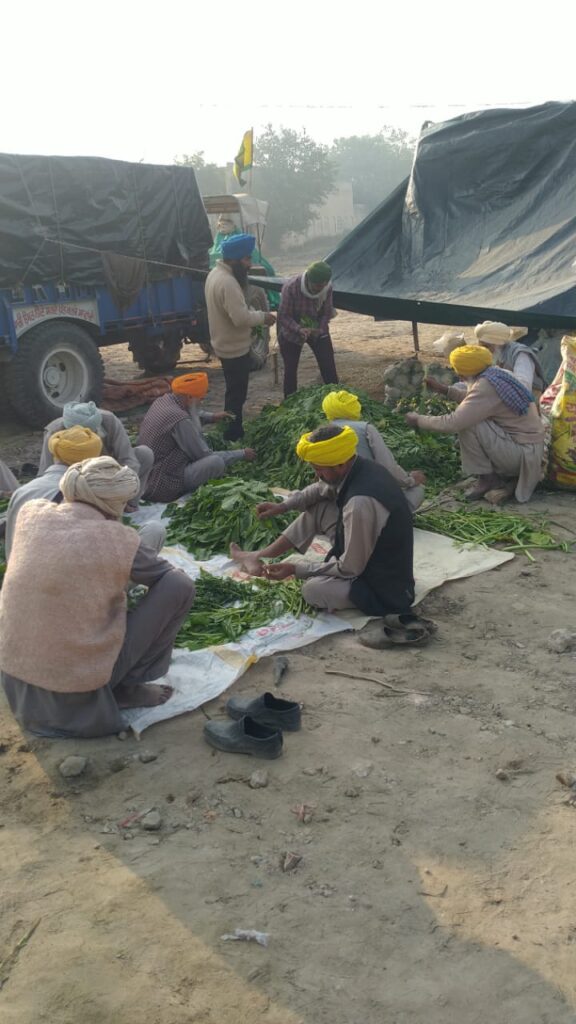
When young women from Punjab University arrived at the protests, they received suspicion and even mockery for their perceived non-traditional body language.
Harpreet recounts “there were even announcements from the stage that ‘there are some young girls here suddenly, they look different, they are probably with the CID [state intelligence], ‘beware of them!’ We were shocked. There is a feudal, patriarchal mindset that doesn’t go away just because people are here protesting. But these are our villages, this is our life that is at stake. My whole family tills. So we spoke to leadership. Had them make counter-announcements.”
Harpreet and others are fearless in raising these issues. Their savvy of how most revolutionary moments do not automatically do much for undoing structures subordinating women makes them fearful of missing any opportunity for change.
“Today, we must fight the State and the capitalists who are establishing their control over everything,” says Anjali while also remembering an early intervention she was a part of during the first days of the protests around New Delhi. “Women protesters were not being given the time on stage … we shared this concern with the farm leaders…The next day, our woman comrade was the first speaker.”
“When there is a social movement, society moves forward at a faster pace, you just have to be there to make the argument,” Anjali says.
For the moment to be revolutionary, it must be even more inclusively revolutionary, they say. Are we brave enough to listen to them about the extraordinary moment they are witnessing as well as shaping?
You may also like:




